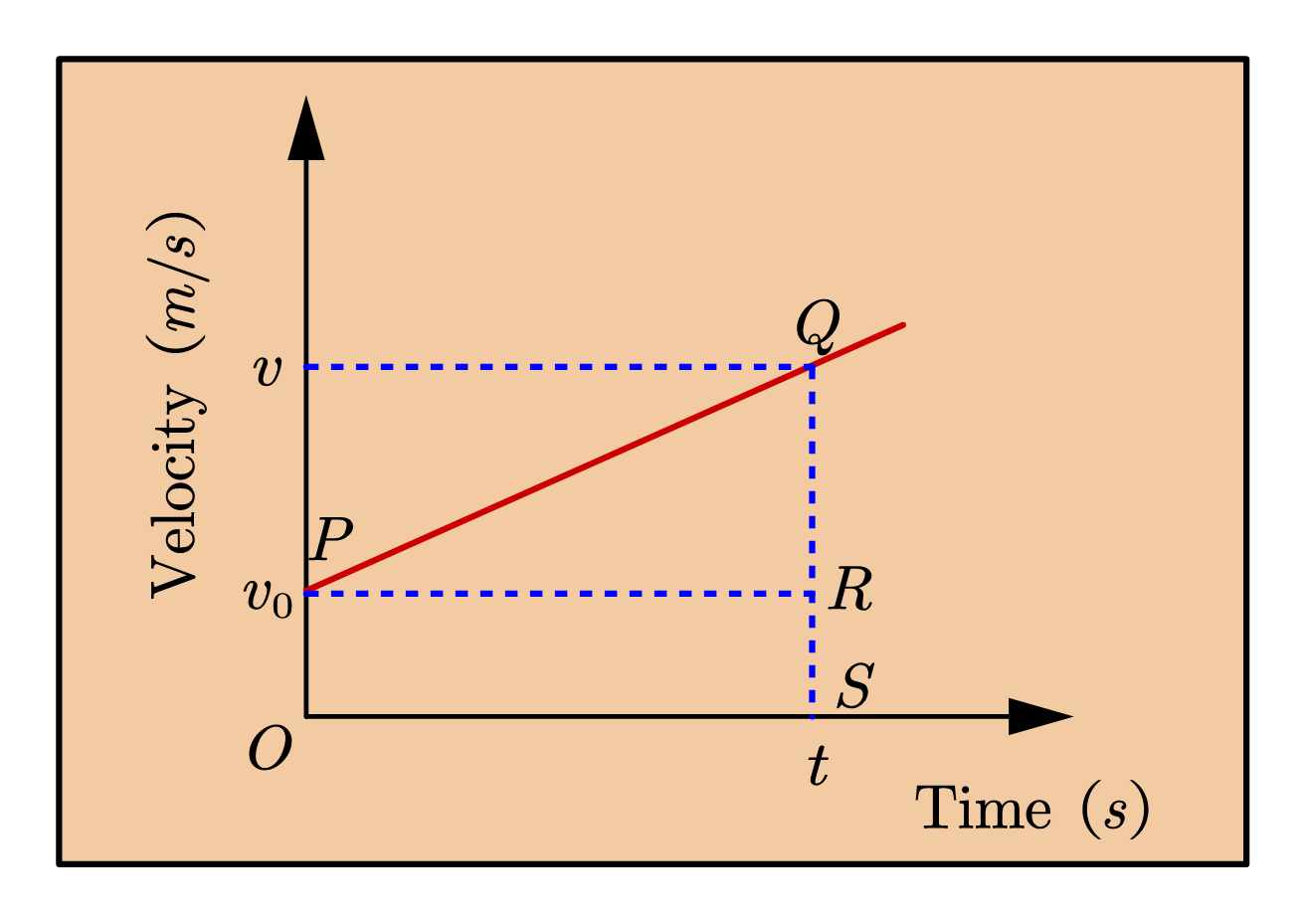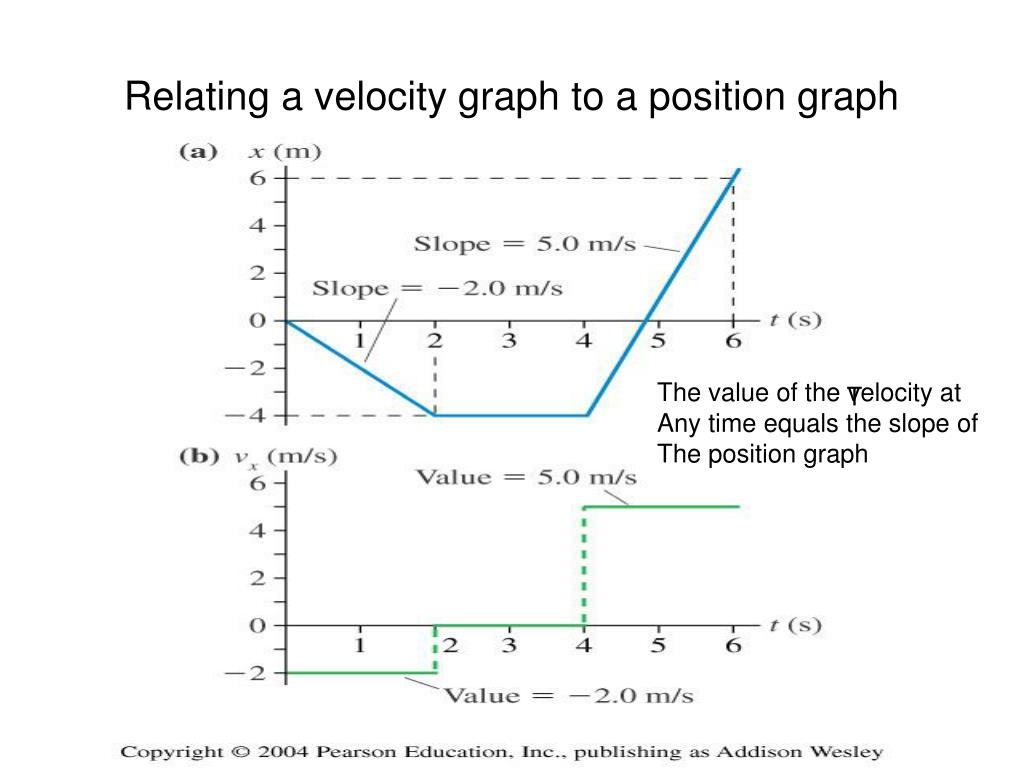How To Draw Position Graph From Velocity Graph
How To Draw Position Graph From Velocity Graph - Average speed and average velocity from graphs. Time graph to determine position. The steeper the slope is, the faster the motion is changing. Set initial conditions and view the graphs simultaneously as the moving man changes position. Web just as we could use a position vs.
Web this video shows how we can take a graph of the position of a moving object and construct a graph of its velocity. Time ( s) velocity ( m s) 2 4 6 8 10 10 20 30. Web in premiere pro, effect properties can be animated by assigning keyframes to them. Time graph to determine velocity, we can use a velocity vs. A steeper slope indicates higher velocity, while a gentle slope indicates slower velocity. It was developed to help beginners explore why the graphs follow predictable patterns. So you have 2 seconds at 4 m/s, and 1 second at, on average, 3 m/s.
What is Velocity time graph? physicscatalyst's Blog
If the slope is negative and the graph goes down, then the velocity is negative relative to a reference point. And then you add them to the initial position. Set initial conditions and view the graphs simultaneously as the moving man changes position. We will also get some intuition behind why slope or steepness of.
Drawing a velocity graph from a position graph YouTube
Web connecting acceleration and velocity graphs. Slope = rise/run = δx/δt. Given a velocity vs time graph, how do you draw a position vs time graph? For example, we know that the the equation is delta x over delta t. Web for a position vs. The steeper the slope is, the faster the motion is.
Velocity Time Graph Meaning of Shapes Teachoo Concepts
Using the graph to determine displacement, distance, average velocity, average speed, instantaneous velocity, and instantaneous speed. We know that v = d / t. Time ( s) velocity ( m s) 2 4 6 8 10 10 20 30. In this section, we will investigate kinematics by analyzing graphs of position over time. Or acceleration.
Drawing VelocityTime Graphs YouTube
We know that v = d / t. Given a velocity vs time graph, how do you draw a position vs time graph? A steeper slope indicates higher velocity, while a gentle slope indicates slower velocity. So, for instance, if i look at the interval from a to b, this little line here, i can.
How to calculate velocity from a position vs time graph YouTube
Web this video shows how we can take a graph of the position of a moving object and construct a graph of its velocity. In this section, we will investigate kinematics by analyzing graphs of position over time. So, for instance, if i look at the interval from a to b, this little line here,.
Constant Acceleration How to Make a Velocity Graph from a Position
Web functions, function graph adjust the initial position and the shape of the velocity vs. Velocity from position time graphs. Time graph to determine velocity, we can use a velocity vs. The steeper the slope is, the faster the motion is changing. Web when the object is undergoing uniform motion, it is a straight horizontal.
Drawing Velocity Graphs Given Acceleration Graphs YouTube
Watch how the graphs of position vs. Average speed and average velocity from graphs. On the graph below, try sliding the dot horizontally to watch the slope change. Web this video shows how we can take a graph of the position of a moving object and construct a graph of its velocity. That is the.
position graphs from velocity graphs YouTube
Or acceleration in meters per second squared, labeled a (m/s 2) Given a position vs time graph, draw a velocity vs time graph (constant velocities only) The steeper the slope is, the faster the motion is changing. For straight line with positive gradient, it means that the object is accelerating. Which of course we know.
PPT Chapter 2 Kinematics PowerPoint Presentation ID762189
Web if a position graph is curved, the slope will be changing, which also means the velocity is changing. For example, we know that the the equation is delta x over delta t. We will also get some intuition behind why slope or steepness of position time graphs represent velocity. Watch how the graphs of.
Drawing a position graph from a velocity graph YouTube
The final position will be the initial position plus the area under the velocity versus time graph. Using the graph to determine displacement, distance, average velocity, average speed, instantaneous velocity, and instantaneous speed. Web it is the velocity at 2.5 seconds, of course. Web functions, function graph adjust the initial position and the shape of.
How To Draw Position Graph From Velocity Graph Web when the object is undergoing uniform motion, it is a straight horizontal line at v= m s−1, where v is the velocity of the object. And then you add them to the initial position. (change in position) / (change in time). Set initial conditions and view the graphs simultaneously as the moving man changes position. Beth drives east at 30 m s , then slows to a stop at the red light.
The Formula For Calculating Slope Is Rise Over Run:
Or acceleration in meters per second squared, labeled a (m/s 2) Velocity from position time graphs. Given a position vs time graph, draw a velocity vs time graph (constant velocities only) Average speed and average velocity from graphs.
Web For A Position Vs.
So, curvature in a graph means the object is accelerating, changing velocity/slope. So, for instance, if i look at the interval from a to b, this little line here, i can actually break this up into a triangle, and i can take a look at the legs of the triangle. Web it is the velocity at 2.5 seconds, of course. Web setting up motion graphs.
Web In Premiere Pro, Effect Properties Can Be Animated By Assigning Keyframes To Them.
We know that v = d / t. The final position will be the initial position plus the area under the velocity versus time graph. It was developed to help beginners explore why the graphs follow predictable patterns. For curves, it means that the acceleration of the object is changing.
So You Have 2 Seconds At 4 M/S, And 1 Second At, On Average, 3 M/S.
Such means include the use of words, the use of diagrams, the use of numbers, the use of equations, and the use of graphs. The steeper the slope is, the faster the motion is changing. Set initial conditions and view the graphs simultaneously as the moving man changes position. The axis is thus always labeled t (s).










